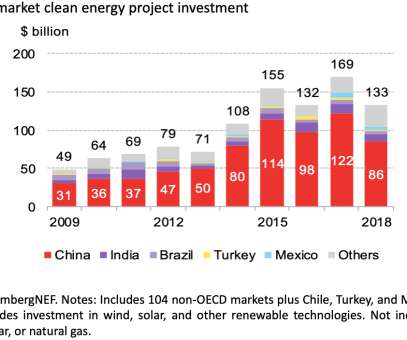New Tool to Assist in Deciding Whether to Use Managed Relocation of Species in Adaptation to Climate Change
Green Car Congress
MAY 27, 2009
A new tool to help decision-makers determine if, when and how to use managed relocation of species to help them adapt to rapid climate change and other threats is described in the current issue of the Proceedings of the National Academy of Sciences (PNAS) by a multi-disciplinary working group.












Let's personalize your content